What Happens to Lost Teeth? Unveiling the Mysterious Fate of Teeth Collected by the Tooth Fairy
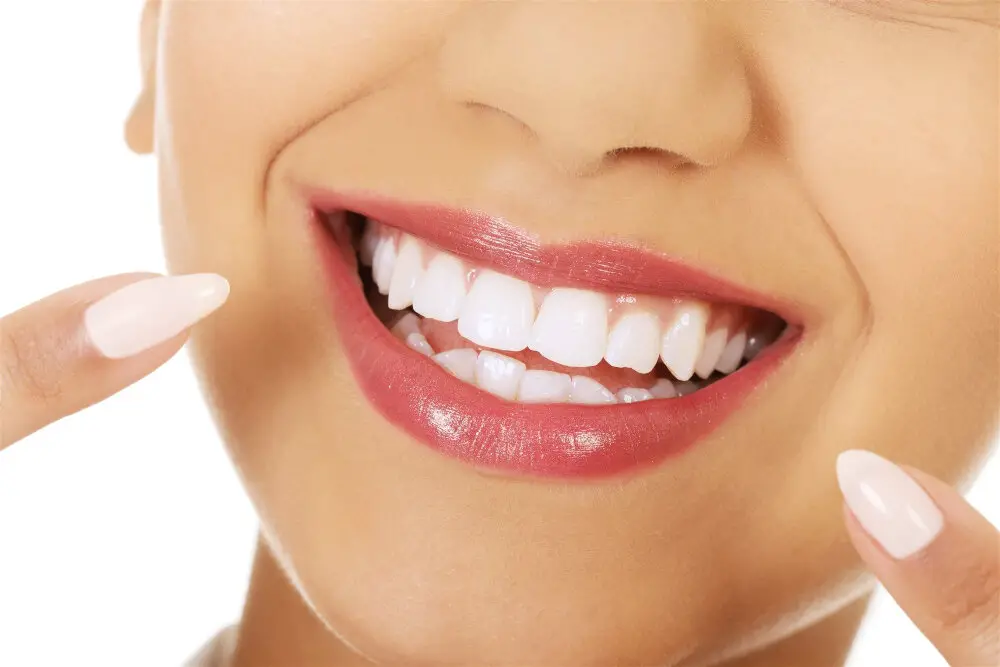
Losing baby teeth is a rite of passage that every child goes through. It is a time of excitement and anticipation as children eagerly await a visit from the Tooth Fairy. But have you ever wondered where those lost teeth go after they are collected by the Tooth Fairy? Do they end up in some magical land, or do they have a more mundane fate? In this article, we will delve into the mysterious fate of lost teeth and explore the science behind what happens to them. The Tooth Fairy is a beloved figure in many cultures around the world. She is said to visit children in the middle of the night, collect their lost teeth, and leave a small gift in their place. But what happens to those teeth after they are collected? Some people believe that the Tooth Fairy uses them to build her castle, while others think that they are used to make magical potions. In reality, the fate of lost teeth is much less glamorous. They typically end up in the garbage or in a special keepsake box, cherished by parents as a memento of their child’s early years. But there is more to this story than meets the eye, and we are about to uncover the truth behind the Tooth Fairy’s mysterious collection.
The tradition of the Tooth Fairy is a long-standing practice in many cultures around the world. It is believed that when children lose their baby teeth, the Tooth Fairy comes to collect them and leaves a small gift or amount of money in exchange. The origins of this tradition are unclear, but it is thought to have been popularized in the United States during the early 20th century. Some believe that the Tooth Fairy represents a way to ease children’s fears and anxieties about losing teeth. Others suggest that the tradition may be related to ancient beliefs about the power of teeth and their connection to the afterlife. Regardless of its origins, the Tooth Fairy has become a beloved part of childhood for many, and the act of collecting lost teeth has become a fascinating mystery that continues to captivate both children and adults alike.
It is crucial to understand what happens to lost teeth, as it is not just a matter of the tooth fairy leaving a coin under your pillow. Teeth contain valuable information that can be used to study various aspects of human health and history. For example, researchers have used teeth to analyze the diet and migration patterns of ancient civilizations. Moreover, studying the fate of lost teeth can help us better understand the processes of tooth decay and regeneration, leading to better preventive and restorative treatments. Therefore, it is essential to investigate the mysterious fate of lost teeth and unlock the secrets they hold.
Where do the Collected Teeth Go?
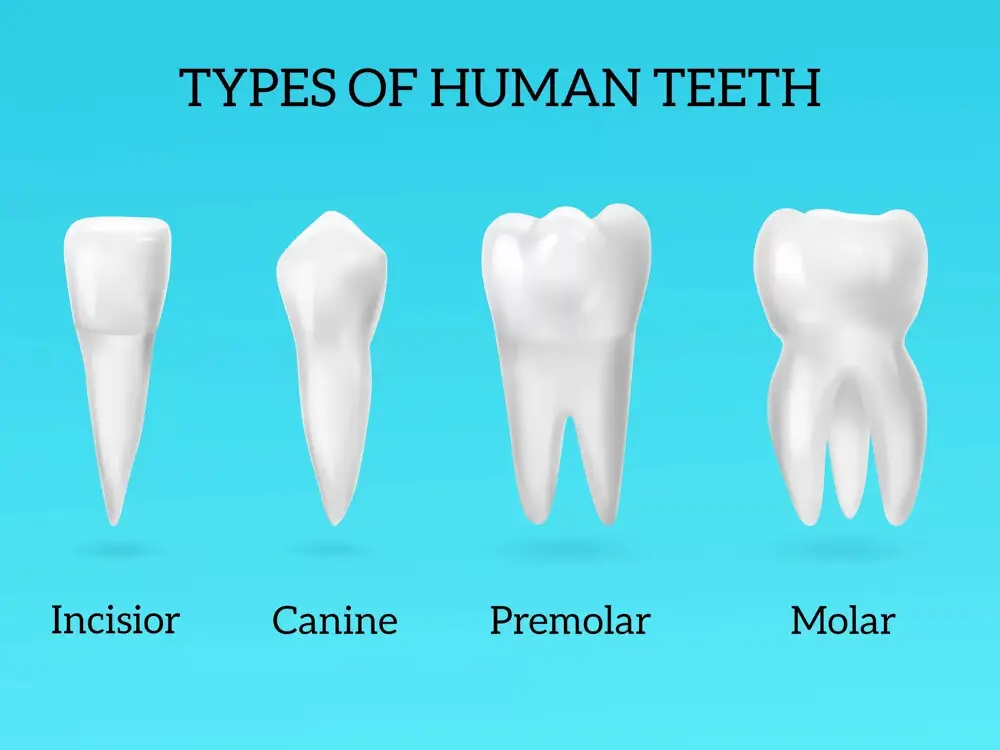
Losing teeth is an inevitable part of childhood, and for many kids, it means a visit from the Tooth Fairy. But have you ever wondered where all those collected teeth actually go? The mysterious fate of lost teeth has long puzzled children and adults alike, but the truth is that there are many different destinations for these little white treasures. One common belief is that the Tooth Fairy takes the teeth back to her castle in the clouds, where she stores them in a vast collection. Others think that the teeth are used to build the fairy’s castle, or that they are transformed into stars in the night sky. However, the reality is far less magical. In most cases, collected teeth end up in the garbage, along with other household waste. Some parents choose to keep their children’s teeth as a sentimental keepsake, but even these teeth may eventually end up in the trash. Despite the lack of a truly enchanting destination for lost teeth, the Tooth Fairy remains a beloved tradition for many families, and the excitement of a visit from this mysterious figure is sure to continue for generations to come.
Across different cultures, the loss of baby teeth has been viewed as a significant milestone for both children and their families. Many cultures have unique beliefs and customs surrounding the fate of lost teeth. In some cultures, such as in Spain and Mexico, children place their lost teeth under their pillows at night, and a magical being, rather than the Tooth Fairy, delivers gifts or money in exchange for the tooth. In Korean culture, lost teeth are thrown onto the roof of the house to ensure that the new teeth grow upwards. In some African cultures, teeth are buried near the family’s home to symbolize the child’s connection to their ancestral roots. These customs surrounding lost teeth are just a few examples of the diverse beliefs and practices that exist across cultures.
The Tooth Fairy is a beloved figure in Western culture who collects children’s teeth in exchange for money or small gifts. The tradition of the Tooth Fairy is believed to have originated in Europe in the 13th century, where parents would bury their children’s baby teeth to prevent witches from using them for spells. Over time, this practice evolved into the Tooth Fairy we know today, who is said to collect teeth from under children’s pillows while they sleep. The Tooth Fairy’s role is seen as a way to comfort children and celebrate the milestone of losing a tooth, marking the transition from childhood to adulthood. The Tooth Fairy is also believed to use the collected teeth to build her castle, which is said to be made entirely of teeth.
There are a number of common theories about where lost teeth go once they are collected by the Tooth Fairy. One theory is that they are simply disposed of in the trash, as they are no longer useful to the body. Another theory is that they dissolve or disintegrate over time, eventually breaking down into smaller particles that are absorbed by the body. Some people believe that lost teeth may be used in medical or scientific research, while others suggest that they may be used in the manufacture of dental prosthetics or other dental materials. Ultimately, the fate of lost teeth remains somewhat of a mystery, and much more research is needed to fully understand what happens to them once they are collected by the Tooth Fairy.
Scientific Explanations
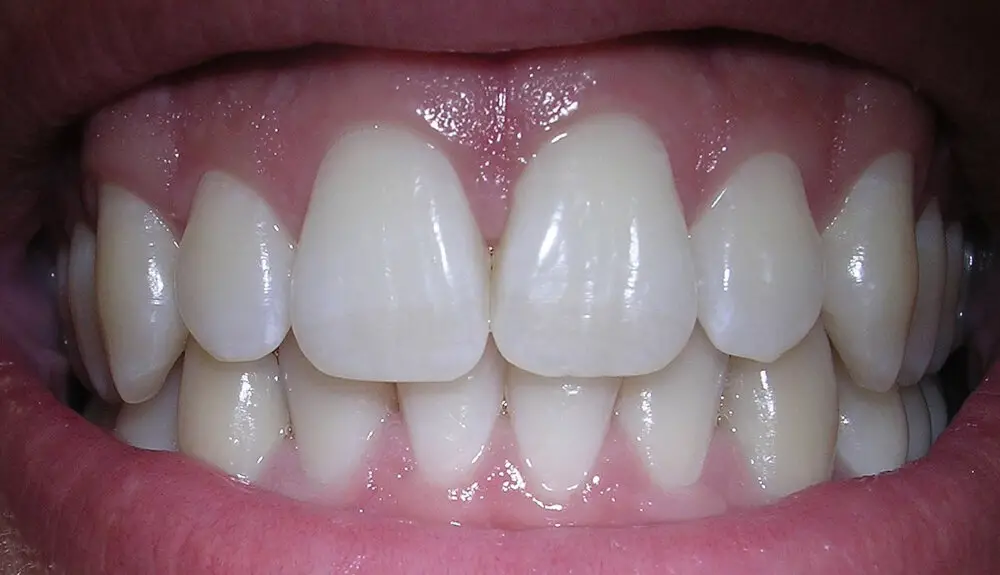
Scientific explanations are crucial in understanding the mysterious fate of lost teeth collected by the Tooth Fairy. One possible scientific explanation for the fate of lost teeth is that they simply decompose over time. Teeth are composed of organic materials, such as enamel and dentin, which can break down through natural processes. Bacteria in the mouth and soil can contribute to the breakdown of these materials, leading to the eventual disappearance of lost teeth. This phenomenon is supported by the fact that teeth found in archaeological sites have often deteriorated over time. Another scientific explanation for the fate of lost teeth is that they are swallowed by individuals. It is not uncommon for people, especially children, to accidentally swallow their teeth when they fall out. The digestive system can break down the organic components of the teeth, leaving behind only the mineralized portion. In some cases, these mineralized remains can be detected in stool samples. Additionally, some individuals may intentionally swallow their teeth as part of cultural or religious practices. In conclusion, scientific explanations play a critical role in unraveling the mysterious fate of lost teeth collected by the Tooth Fairy. Through the process of decomposition and digestion, lost teeth can disappear without a trace. While the Tooth Fairy may be a beloved childhood figure, scientific explanations offer a more tangible understanding of the fate of lost teeth.
Teeth are complex structures that are composed of different tissues including enamel, dentin, cementum, and pulp. Enamel is the hardest tissue in the body and covers the crown of the tooth providing protection against wear and tear. Dentin is a softer tissue that lies beneath the enamel and forms the bulk of the tooth. Cementum is a layer of tissue that covers the root of the tooth and anchors it to the jawbone. Finally, the pulp is the innermost part of the tooth that contains nerves, blood vessels, and connective tissue. Teeth are valuable to science as they provide a record of an individual’s lifetime exposure to environmental factors such as diet, pollution, and disease. The composition of teeth can also provide insights into the evolutionary history of different species, and the study of dental pathology can reveal information about ancient cultures and their way of life.
Lost teeth have been utilized for various scientific purposes, revealing interesting insights into our health and history. Studies have used dental pulp to extract DNA, providing an opportunity to study our genetic makeup and ancestry. Another study used teeth to examine the effects of drugs and environmental toxins on dental development, while others have used dental calculus to examine ancient diets and oral microbiomes. The use of teeth in scientific research has also shed light on dental diseases and how they develop, ultimately leading to the development of new treatments and preventative measures. These studies demonstrate the valuable information that can be gained from a seemingly insignificant object like a lost tooth, highlighting the importance of preserving and utilizing all available resources in the pursuit of scientific knowledge.
Dental professionals have a keen interest in the collection of lost teeth, as they provide a valuable resource for research and educational purposes. These teeth are often used to study the growth and development of teeth, as well as to investigate the causes of dental diseases and disorders. Researchers may also use lost teeth to study the effects of various environmental factors on dental health. Additionally, dental professionals may use lost teeth to educate patients about proper dental care and hygiene, as well as to train dental students on various dental procedures. By examining lost teeth, dental professionals can gain valuable insights into the mysteries of dental health, and ultimately help to improve the overall health and well-being of their patients.
Folklore and Superstitions

Folklore and superstitions have played a significant role in various cultures around the world. One of the most popular folklore practices is the Tooth Fairy, which has been around for centuries. Parents often tell their children that if they place a lost tooth under their pillow, the Tooth Fairy will come and replace it with a small gift or money. This practice is prevalent in many countries, including the United States, the United Kingdom, and Australia. The Tooth Fairy is a symbol of hope and comfort for children who may feel anxious or scared about losing their teeth. It is a fun and exciting way to help children cope with this natural process and make it a little less scary. Superstitions surrounding teeth are also prevalent in many cultures. In some cultures, it is believed that if a tooth falls out, it is a sign of bad luck. Others believe that if a child’s first tooth appears on the bottom, it is a sign of good luck, while if it appears on the top, it is a sign of bad luck. Some superstitions also suggest that if a tooth falls out while eating, it is a sign of good luck, while if it falls out while talking, it is a sign of bad luck. These beliefs are not scientifically proven, but they reflect the cultural and social beliefs of different communities and can be fascinating to study and understand.
Cultural beliefs surrounding lost teeth vary greatly across the world, with many traditions involving the act of throwing or burying the tooth. In some parts of Latin America, children are encouraged to throw their teeth onto the roof, with the belief that this will bring good luck and ensure that the new tooth grows in strong and healthy. Similarly, in parts of Asia and the Middle East, it is common practice to bury lost teeth in the ground, with the hope that the tooth will be replaced by a new one that is just as strong and healthy as the original. These beliefs not only reflect cultural values but also offer a sense of comfort and reassurance during a time that can be confusing or even scary for young children.
Various cultures have different superstitions surrounding lost teeth. Some believe that if a child buries their lost tooth, they will grow a new one in its place. Others believe that if the tooth is thrown over the roof of a house, the child will have strong, healthy teeth in the future. However, some superstitions are more sinister. In some cultures, lost teeth are believed to be a powerful tool for witchcraft or to make voodoo dolls. These teeth are thought to harness the power of the child and can be used to cast spells or inflict harm upon them. As a result, many parents are cautious about what they do with their children’s lost teeth, often opting to dispose of them in a safe and secure manner.
Commercial Uses of Lost Teeth
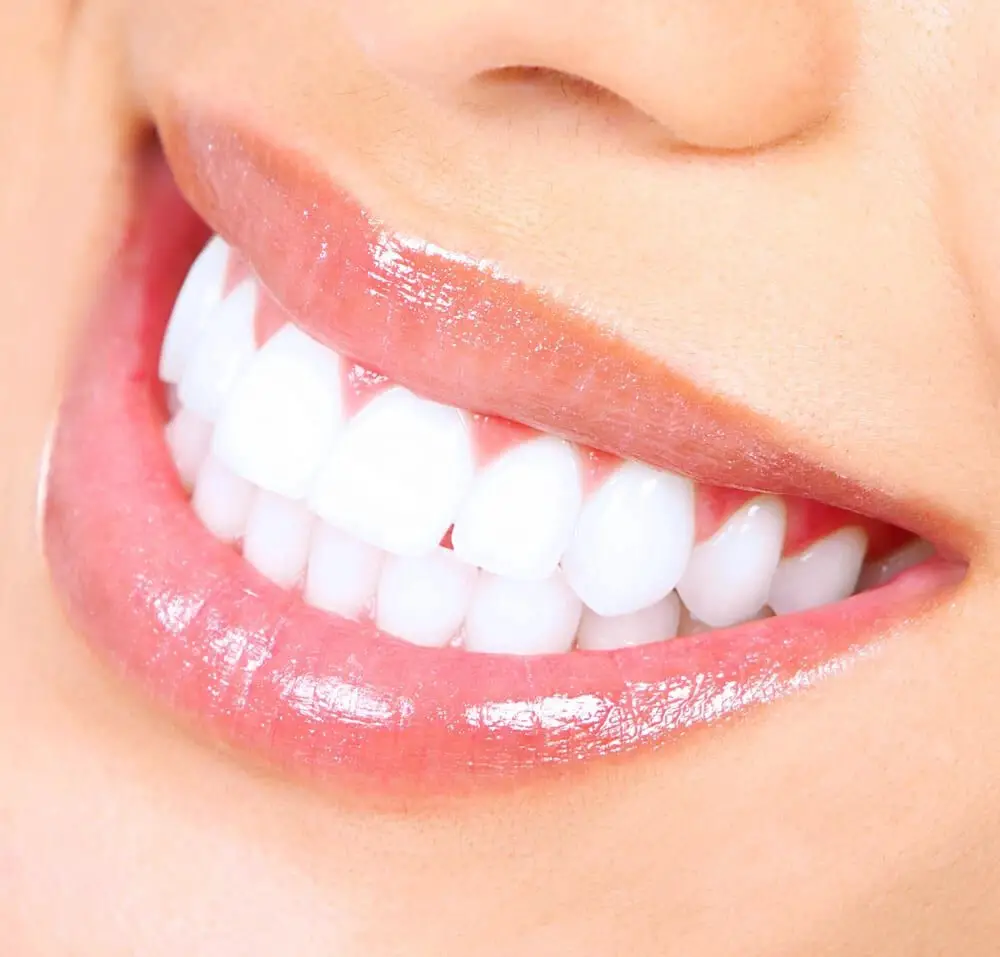
The commercial uses of lost teeth are shrouded in mystery, as people are often unaware of the various ways in which these tiny pieces of enamel can be utilized. One of the most common commercial uses of lost teeth is in the field of dentistry, where extracted teeth are used for research purposes. Scientists can examine the teeth to determine the impact of different factors on dental health, such as diet, genetics, and environmental factors. This can help in the development of new treatments and prevention strategies for dental diseases. In addition to this, lost teeth can also be used in the manufacturing of jewelry. Some people choose to have their lost teeth turned into unique and personal pieces of jewelry, such as rings or necklaces. The enamel of teeth is incredibly durable, and can be polished and shaped into various forms. This has led to the development of a small industry that specializes in creating custom jewelry from lost teeth. Overall, the commercial uses of lost teeth are diverse and fascinating, and may continue to be explored in the years to come.
Lost teeth may seem like just another discarded body part, but they have potential for commercial use beyond the realm of dentistry. Some innovative companies are creating unique and beautiful jewelry pieces from extracted teeth, while others are incorporating them into art installations and sculptures. The idea of wearing or displaying someone’s lost tooth may seem strange to some, but it can hold a sentimental value for others. From necklaces and earrings to intricate mosaics and sculptures, the possibilities for repurposing lost teeth are endless. While it may not be a mainstream industry, the commercial use of lost teeth showcases the creative and resourceful ways humans can find value in even the smallest things.
When teeth are collected by the Tooth Fairy, they are typically processed and used in various products. The first step to processing teeth involves cleaning them thoroughly to remove any debris or bacteria. Once cleaned, the teeth can be used in a variety of ways, such as in the production of jewelry, art, or even medical implants. For example, teeth can be ground up and used as an additive in ceramics or paint, or they can be turned into a powder and used as a supplement in certain foods. Teeth can also be used in dentistry, where they can be implanted into the jaw to replace missing teeth or used in the creation of dental prosthetics. Overall, the uses for teeth collected by the Tooth Fairy are vast and varied, and their potential applications are limited only by our imagination.
The use of human teeth in commercial products raises ethical concerns, primarily due to the potential exploitation of individuals who may not fully understand the implications of donating their teeth. Furthermore, the commercialization of human teeth may also perpetuate the commodification of the human body. There is also a risk of improper handling and disposal of the teeth, which could lead to further ethical and environmental issues. It is essential that companies and individuals involved in the use of human teeth in products adhere to strict ethical standards and prioritize the informed consent and well-being of donors.
The fate of lost teeth varies greatly, from simply being discarded in the trash to being treasured as a keepsake or even used for scientific research. Some cultures have unique traditions, such as burying teeth in the ground or throwing them onto the roof for good luck. In modern times, the Tooth Fairy has become a beloved figure who collects children’s lost teeth and leaves money in exchange. However, the Tooth Fairy’s ultimate fate for these teeth remains shrouded in mystery. While some believe she uses them to build her castle, others speculate that she uses them for magical purposes. Nevertheless, the fate of lost teeth continues to intrigue and captivate people of all ages.
Understanding what happens to lost teeth is significant for several reasons. Firstly, it helps us appreciate the natural processes of our bodies and the importance of oral hygiene. Secondly, it sheds light on the fascinating and mysterious fate of teeth once they leave our mouths. The Tooth Fairy tradition has made losing teeth a magical and exciting event for children, but knowing what happens to these teeth can add a scientific and educational aspect to the experience. Additionally, understanding the fate of lost teeth can also have practical implications for dental research and advancements in dental care. Overall, delving into the topic of lost teeth can provide a deeper understanding of our bodies and contribute to our knowledge of dental health.
In conclusion, the Tooth Fairy tradition is a beloved childhood practice that adds a sense of magic and wonder to losing one’s baby teeth. However, it is important to remember that the real magic lies in maintaining good dental hygiene. Teaching children the importance of taking care of their teeth from an early age can prevent dental problems in the future and promote overall health and well-being. While the Tooth Fairy may bring a small reward for a lost tooth, the ultimate reward is a healthy and beautiful smile that will last a lifetime. So, let us continue to celebrate the Tooth Fairy tradition while also emphasizing the importance of maintaining good dental hygiene for ourselves and the little ones in our lives.
Conclusion
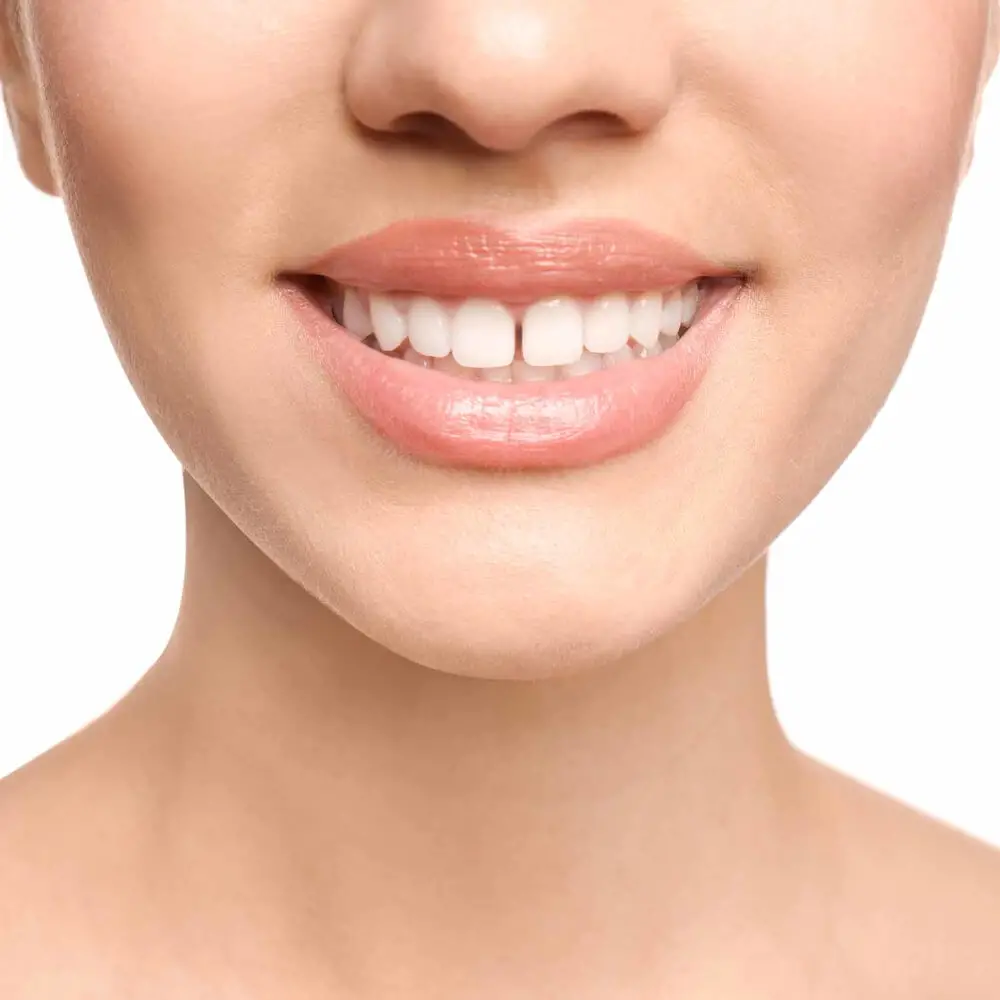
After delving into the mysterious fate of lost teeth and the role of the Tooth Fairy, it is safe to conclude that there are several possibilities for what happens to these tiny treasures. Some teeth may end up being kept as sentimental keepsakes by parents or children, while others may be thrown away or lost forever. However, many lost teeth end up in the hands of the Tooth Fairy, who is said to collect them and leave behind a small token of appreciation. Despite the folklore surrounding the Tooth Fairy, the truth behind what happens to lost teeth remains shrouded in mystery. While some speculate that these teeth are used for scientific research or even magical purposes, it is difficult to say for certain. Nevertheless, the tradition of leaving a tooth under a pillow in exchange for a small reward remains a beloved childhood tradition that many still cherish to this day. In the end, the fate of lost teeth may remain a mystery, but the magic and wonder of childhood imagination and the Tooth Fairy will continue to captivate and delight generations to come.







